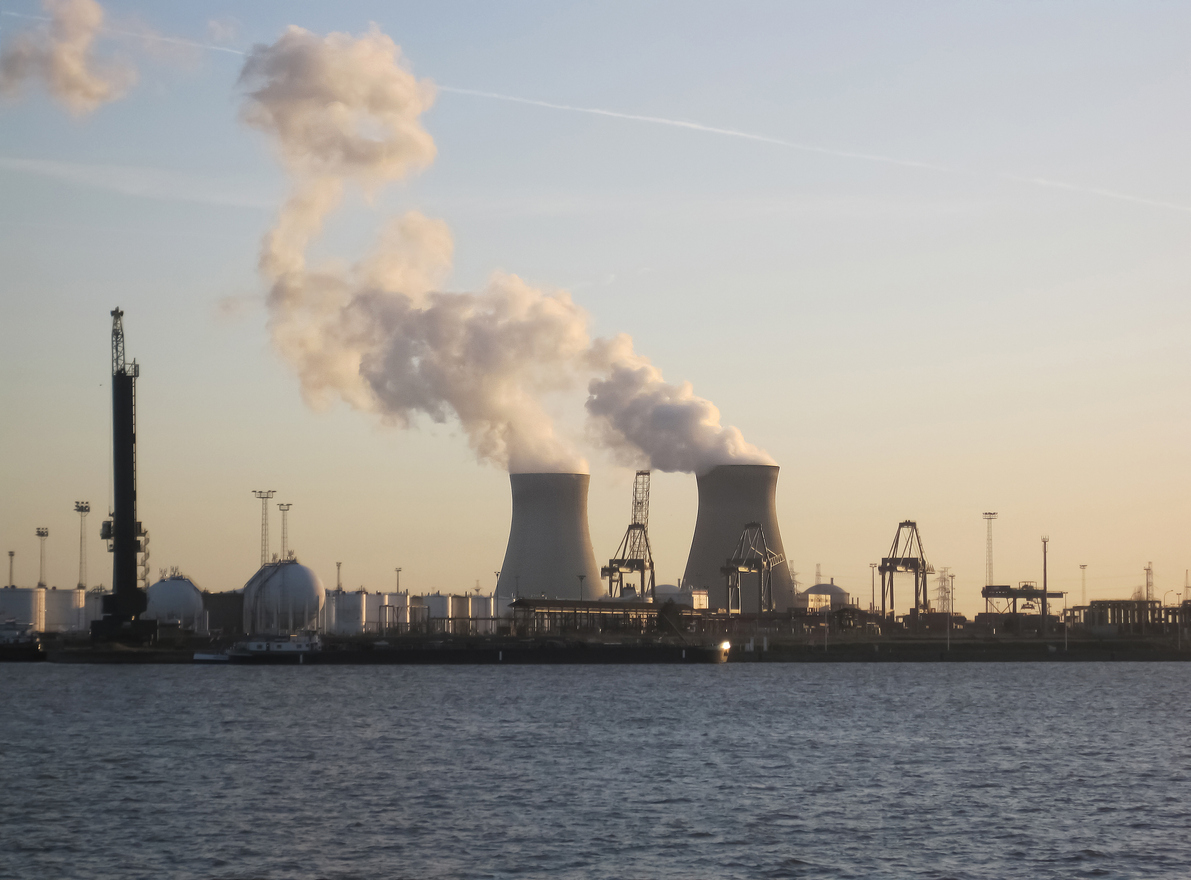2022/11/25
The Japanese Government Starts Using Nuclear Power Again; We All are Largely Responsible for What We Leave for the Future

(The original article in Japanese was posted on October 7, 2022)
Fumio Kishida, Prime Minister of Japan, clearly stated in his policy speech at the 210th Extraordinary Session of the Diet that the government will acceleratingly discuss resuming operations of nuclear power plants and developing and constructing next-generation plants. This summer, the Japanese government announced a request to businesses and households to save electricity for the first time in seven years. Concerns about the stable power supply linger amid the depreciation of the yen, rising resource prices, and prolonged Russian military invasion of Ukraine.
The experience of the Great East Japan Earthquake definitely taught us what kinds of measures need to be taken to stabilize the supply of electricity. In July 2011, the Ministry of Land, Infrastructure, Transport and Tourism (MLIT) pointed out the need for strengthening cross-regional interconnection lines, building more frequency converter stations, and establishing autonomous distributed networks in order to stably supply electricity. And yet, although 11 years have passed since that time, these points are still “issues to be considered” in the government’s review conference.1
Why have not these policy proposals been realized? Needless to say, the safety standards were necessarily going to be enhanced. However, there might have been an implicit assumption among the government and industry that “the basis of administration of electric power would not be changed.” Resultantly, halfway through the policy decisions on nuclear power, electricity supply remains vulnerable, and international competitiveness in the technological fields in which Japan was considered to be dominant, including offshore wind power, hydrogen energy, and batteries, has declined relative to other countries. In particular, Japan represents only 0.1% share of the global offshore wind power market, while China accounts for 47%2.
In his policy speech, Kishida repeatedly referred to “security.” Economic security, food security, energy security ─ as international tensions rise, people’s anxiety about “safety” and “security” grows. Further, Russia’s outrageous military actions has made the energy crisis a more familiar issue to all of us. Also, attacks on the Zaporizhzhia Nuclear Power Plant in Ukraine showed the world that operating nuclear power plants is almost equal to giving nuclear weapons to invaders. There is no dreamlike story that any dictator would not target nuclear power plants for attack.
The quickest way to regain growth potential of the country is to innovate the core industries. The electricity industry as well as the automotive industry heads the list of industries in Japan to be innovated for larger regrowth. Therefore, if the electricity industry with larger scale of business than most other industries becomes more active, the ripple effects on other industries will be great and the business opportunities for start-up companies will also increase. Considering this, nuclear power is one of the technologies to be chosen to grow the nation. However, the accident at the Fukushima Daiichi Nuclear Power Plant has revealed the fact that the risks and costs involved in nuclear power plants are too large for our generation to bear, let alone by electric power companies.
Where will the government set the base of the growth strategy? How will they ensure the safety of the people? Who will be responsible for the costs and risks involved in the operation of plants? What will the numerical targets for decarbonization be? There are many important tasks to be solved. We need to discuss nuclear power upfront, considering not only the supply and demand of electricity, but also what we will leave for future generations.
1: This Week’s Focus, June 17, 2022
2: This Week’s Focus, August 5, 2022
This Week’s Focus, October 7
Takashi Mizukoshi, the President